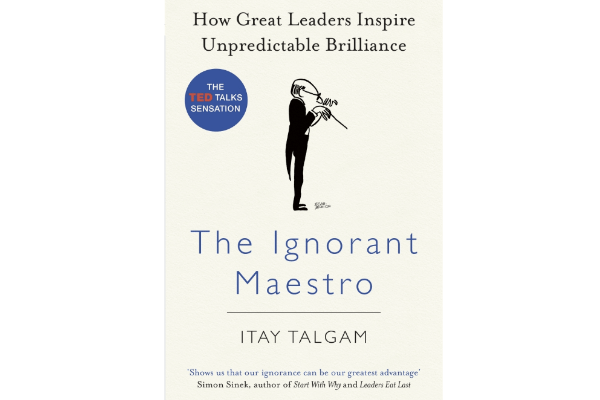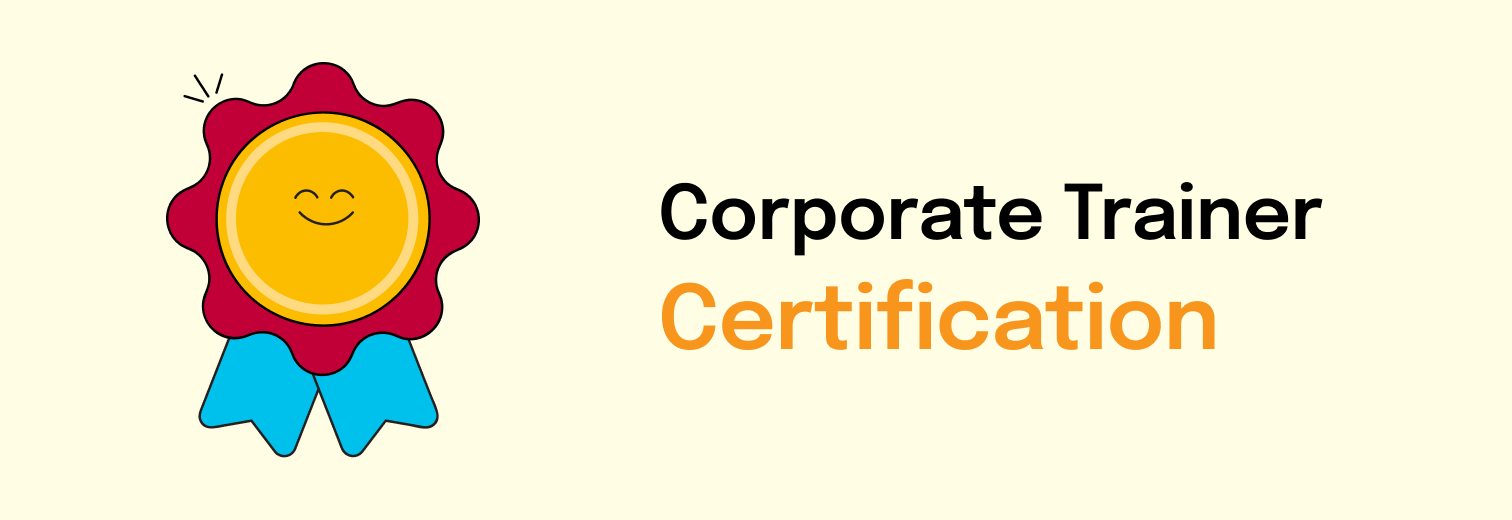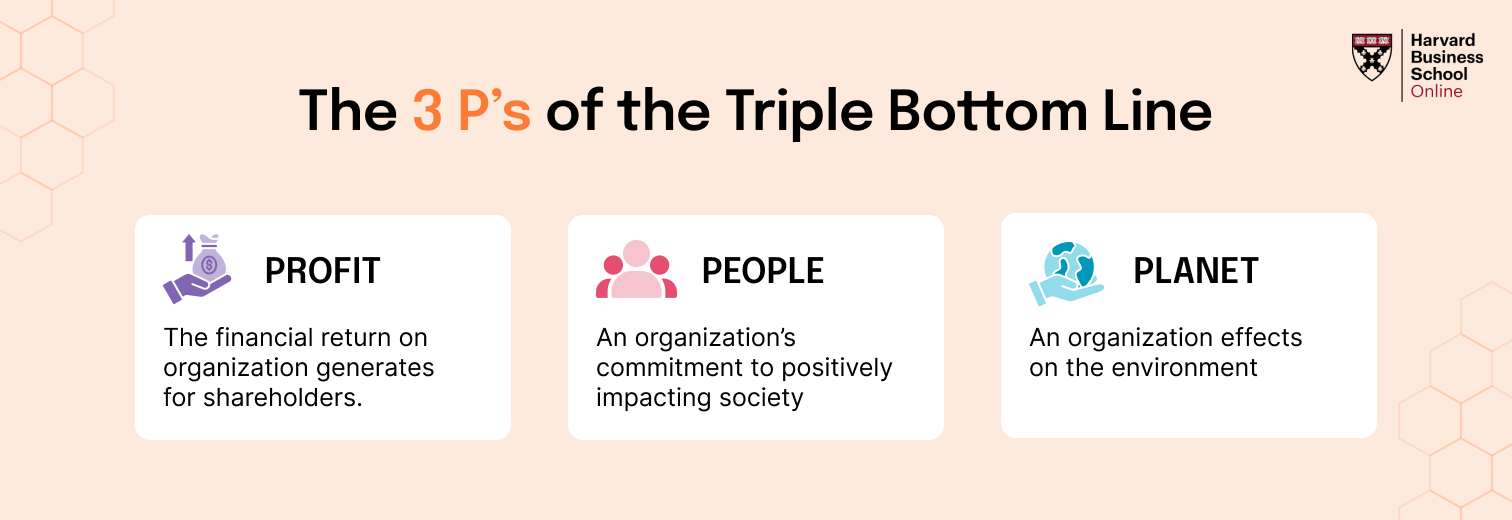A few years ago, I had the privilege of working with a passionate team in my role as a business head. One of the standout individuals on that team was Tanya. Talented, driven, and full of energy, she had always been a top performer. So, when she was promoted to a Marketing Manager role, I had no doubt she would thrive. I expected her to energize the team and help the organization find a new competitive edge.
But that didn’t happen.
Three months into the role, things began to fall apart. The marketing function was riddled with internal strife. Tanya, who had always been seen as collaborative and enthusiastic, now seemed closed off and directive. She began imposing her ideas in a “my way or no way” manner. Her team felt unheard. Resentment started to brew.
We noticed the signs early. The HR head and I stepped in for multiple conversations with her. We encouraged her to actively listen, to draw on the ideas and energy of her team. She always nodded in agreement. She expressed her intent to change. But weeks passed, and the situation remained unchanged. Despite all her intelligence and commitment, she struggled to shift her leadership approach.
Back then, I was puzzled. Why would someone so capable be unable to adapt when the need was clear?
It was only later, while studying Robert Kegan’s work on adult development, that the answer fell into place for me. Tanya’s challenge wasn’t a matter of effort. It was developmental. She was operating from a mental framework that was limiting her growth. She needed a different lens, a new way of seeing herself and her role as a leader.
And this brings us to an important insight. Just like caterpillars must transform to fly, professionals must evolve through stages to unlock their full leadership potential. Let’s explore these four stages of professional development that Kegan so powerfully outlines.

Stage I: The Imperial Mind
Table of Contents
This is the starting point for many of us early in our careers. At this stage, we view the world through the lens of personal goals and needs. Our thinking is centered around “What do I want?” or “How can I prove myself?” We respond to direction from others, particularly authority figures, but not because we have internalized those values. It is more about compliance.
I remember my first job vividly. I was focused on hitting my targets, getting praise from my manager, and being noticed. Team meetings often felt like a formality, and I saw them as something that got in the way of “real work.” My own perspective was all that mattered. I was determined, but I lacked perspective. I didn’t realize that there were other equally valid worldviews at play around me.
The Imperial Mind can be highly effective in execution but limiting when collaboration and influence are required. When leaders operate from this stage, they often struggle to bring people along. They push, but they don’t pull. They direct, but they don’t co-create. Tanya, at the time, was still largely functioning from this mindset.
If you are constantly frustrated by your team’s resistance or feel the need to assert control often, you might still be navigating this early stage.
Stage II: The Socialized Mind
As professionals mature, many shift to what Kegan calls the Socialized Mind. This stage is characterized by a growing awareness of others. We begin to see that our colleagues have valid ideas, needs, and motivations. We want to be accepted. We seek alignment. And we try to understand the perspectives of others, not just to comply, but because we believe in the value of collaboration.
This stage is a big leap forward. I remember when I entered this phase. I started genuinely listening in meetings, and I found myself paraphrasing my team members’ points to confirm understanding. I cared more about alignment and less about proving myself.
However, this stage has its challenges too.
The need for approval becomes a double-edged sword. Because we are so attuned to what others think, we often avoid conflict. We may hesitate to challenge the consensus even when we believe it is wrong. We struggle with giving honest feedback. We take criticism personally. In the pursuit of harmony, we risk becoming inauthentic.
In leadership roles, this can show up as indecision or avoidance. You might find yourself saying yes to everyone, only to realize that your team is confused and the vision is diluted.
Being socialized is a necessary step, but it is not the destination.
Stage III: The Self-Authoring Mind
This is the stage where a leader truly begins to find their voice. You develop an internal compass. Your decisions are guided less by what others expect and more by what you deeply believe is right. You begin to author your own values, beliefs, and goals. External feedback is still valuable, but it no longer defines your self-worth.
I struggled to reach this stage for a long time. For years, I tried to assert myself in meetings, but I often walked away feeling like I had either spoken too much or not enough. When I did speak, I sometimes mimicked the language of others, not trusting my own voice. But the turning point came when I began journaling my thoughts after every meeting. Over time, I noticed patterns in what I valued, how I processed conflict, and what leadership meant to me.
This reflection helped me step into the Self-Authoring Mind.
At this stage, you begin to develop true leadership presence. You can confidently articulate a vision. You know when to say no. You can engage in disagreement without losing your cool. And you begin to appreciate the richness of different perspectives without feeling threatened by them.
This is where Tanya needed to go. She had the skills. She had the knowledge. But her internal structure hadn’t caught up yet. She hadn’t authored a new way of leading for herself.
Stage IV: The Self-Transforming Mind
This final stage is rare and beautiful. It is not about having all the answers. It is about being able to hold multiple truths at once. You recognize that your perspective, however well thought-out, is still partial. You remain curious, flexible, and humble.
In this stage, you seek complexity. You are not attached to any single identity or solution. You see systems, patterns, and interconnections. You learn continuously. And you are comfortable navigating paradox.
I have met only a handful of people who I believe truly operate from this place. They are usually people who have gone through multiple reinventions, both personally and professionally. They are quick to admit what they do not know. And yet, their confidence is contagious. Not because they are certain, but because they are grounded.
As a leader, reaching this stage means you become a catalyst. You enable transformation, not just for yourself, but for your teams and your organization. You cultivate psychological safety. You encourage experimentation. And you see failure as a part of growth.
Why These Stages Matter
Understanding these stages is more than an intellectual exercise. It is a powerful lens to understand your own leadership journey.
Think about the challenges you face. Are you struggling to speak up in meetings? Do you find it hard to say no? Are you uncomfortable with feedback? Are you hesitant to embrace new ways of working?
Each of these challenges can be traced back to where you are developmentally. And this is not about fixing flaws. It is about growing capacity.
Just like a caterpillar must hang upside down and spin a cocoon to transform, we must also create the conditions for our own evolution. That might look like investing in coaching. Or creating space for structured reflection. Or seeking feedback from peers. Or simply sitting with discomfort without rushing to resolve it.
The workplace today demands leaders who can think systemically, act with integrity, and collaborate across differences. Developing those capabilities is not about learning tips and tricks. It is about evolving who we are.
Final Reflection

If Tanya had understood where she was stuck, and what was needed to move forward, her journey might have been different. But her struggle was not in vain. It helped me understand how deep growth actually happens. It taught me that leadership is not just about skills. It is about transformation.
And so, I invite you to pause and reflect.
Which stage do you see yourself in?
What is the next edge you need to grow into?
Who do you need to become in order to lead with more clarity, courage, and compassion?
The answers are not always easy. But they are worth exploring.
Because professional development is not a ladder to climb. It is a journey to deepen. One that starts from within.
Also Read: Pointers For Identifying Leadership Potential










